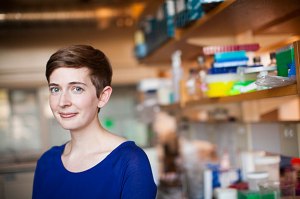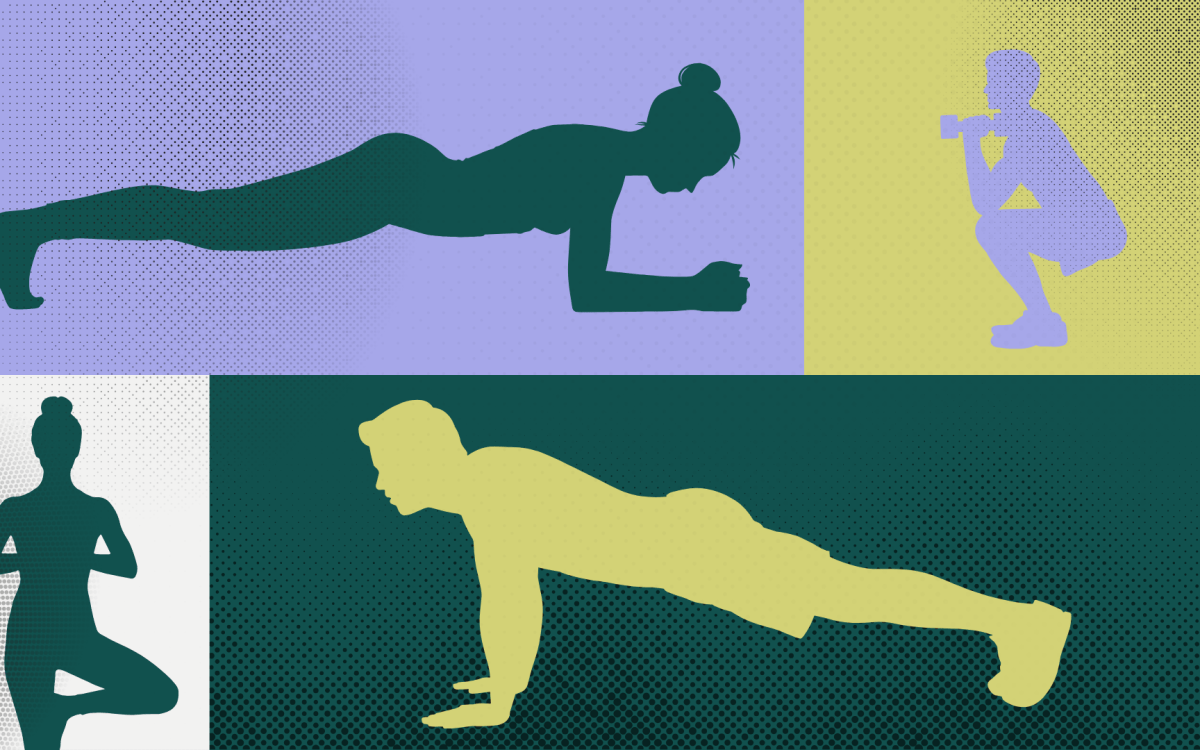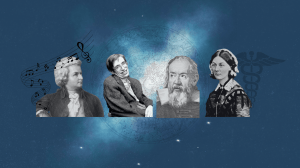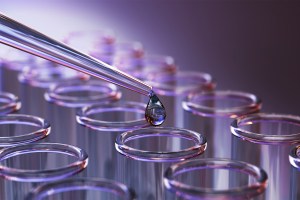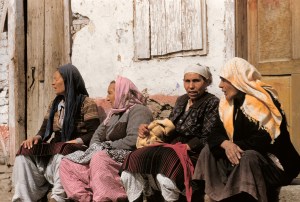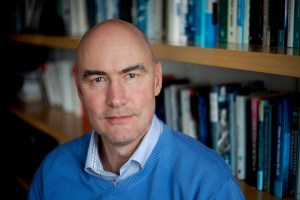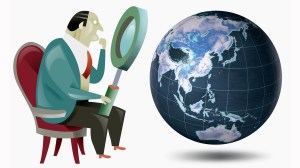Tag: Science
-
Science & Tech
Unhidden figures
LaNell Williams wants to encourage more women of color to pursue doctorate degrees in fields such as physics. To help make that happen, she founded the Women+ of Color Project, which last week hosted a three-day workshop that invited 20 African American, Latinx, and Native American women interested in pursuing a career in a STEM…
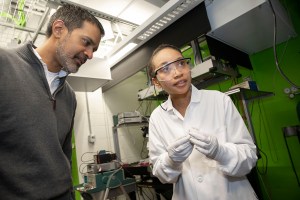
-
Science & Tech
Tiny tweezers
Using precisely focused lasers that act as “optical tweezers,” Harvard scientists have been able to capture and control individual ultracold molecules – the eventual building-blocks of a quantum computer – and study the collisions between them in more detail than ever before.
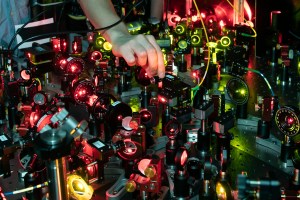
-
Science & Tech
Break it up
Researchers at Harvard and Cornell have discovered exactly how a reactive copper-nitrene catalyst could transform a strong carbon-hydrogen bonds into a carbon-nitrogen bond, a valuable building block for chemical synthesis.
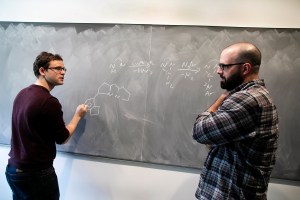
-
Science & Tech
Lessons in learning
Study shows students in ‘active learning’ classrooms learn more than they think
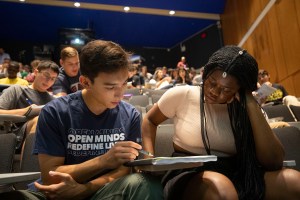
-
Science & Tech
Hunters, herders, companions: Breeding dogs has reordered their brains
Erin Hecht, who joined the faculty in January, has published her first paper on our canine comrades in the Journal of Neuroscience, finding that different breeds have different brain organizations owing to human cultivation of specific traits.
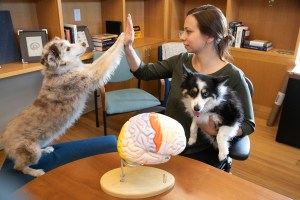
-
Science & Tech
Soft robots for all
The first soft ring oscillator gets plushy robots to roll, undulate, sort, meter liquids, and swallow.
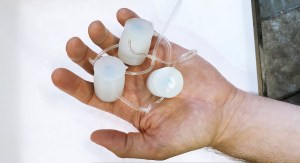
-
Campus & Community
John H. Shaw steps down
John H. Shaw, the Harry C. Dudley Professor of Structural and Economic Geology, steps down at the end of June, having served as chair of the Department of Earth and Planetary Sciences since 2006.
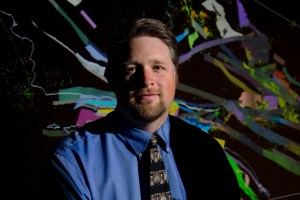
-
Health
Gut microbes eat our medication
Study published in Science shows that gut microbes can chew up medications, with serious side effects.
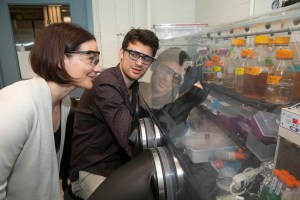
-
Science & Tech
Beyond the cloud
Every day, more and more information is filed in less and less space. Even the cloud will eventually run out of space, can’t thwart all hackers, and gobbles up energy. Now, a new way to store information could stably house data for millions of years.
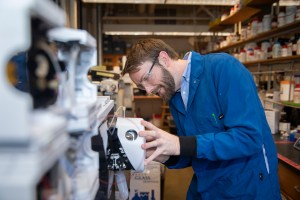
-
Campus & Community
Future M.D.’s passion to help comes in many forms
Cynthia Luo, who’s concentrating in both molecular and cellular biology and English, was inspired by her time in Uganda to become a physician and improve global health.
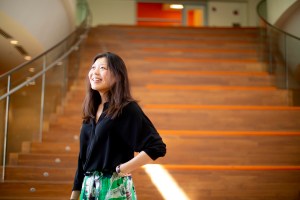
-
Campus & Community
Giving to the next generation
Professor Catherine Dulac used the money from her endowed position to fund the studies of an overloaded neuroscience undergrad.
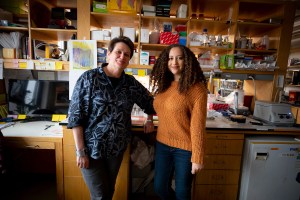
-
Science & Tech
Solving colibactin’s code
In an effort to understand how colibactin, a compound produced by certain strains of E. coli, may be connected to the development of colorectal cancer, Harvard researchers are exploring how the compound damages DNA to produce DNA adducts.
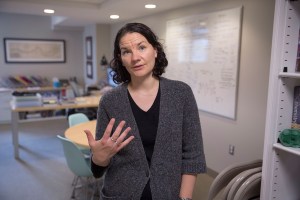
-
Campus & Community
Breakthrough science recognized
A series of studies conducted by Alexander Schier, the Leo Erikson Life Sciences Professor of Molecular and Cellular Biology, and members of his lab including Jeff Farrell, Yiqun Wang, Bushra Raj, and James Gagnon, and additional work of collaborators from Harvard Medical School, has been featured as the “2018 Breakthrough of the Year” by Science…
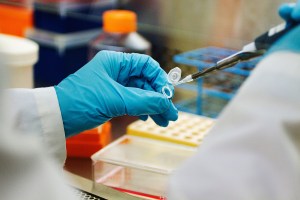
-
Campus & Community
Ten from Harvard named AAAS Fellows
Ten Harvard faculty members are among the 416 scientists who have been named American Association for the Advancement of Science (AAAS) Fellows. Election as an AAAS Fellow is an honor bestowed upon AAAS members by their peers.

-
Science & Tech
Shining a light on quantum bits
A Ph.D. student working in the lab of Professor Mikhail Lukin, co-director of the Quantum Science and Engineering Initiative, has demonstrated a method for engineering an interaction between two qubits using photons.
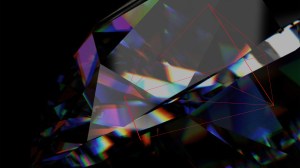
-
Campus & Community
Christopher Stubbs named dean of science
Christopher Stubbs, the Samuel C. Moncher Professor of Physics and of Astronomy, has been appointed dean of science by FAS Dean Claudine Gay.
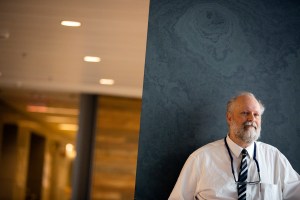
-
Science & Tech
Breaking down backbones
Harvard scientists are using the fossil record and a close examination of the vertebrae of thousands of modern animals to understand how and when specialized regions in the spines of mammals developed.
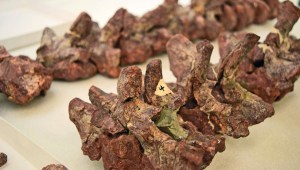
-
Campus & Community
$100M gift will support sciences and math
A Harvard alumnus and his wife made a gift of $100 million to support the University’s Science Center, enhance mathematics scholarship, and provide unrestricted resources for the Faculty of Arts and Sciences.
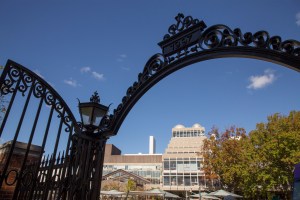
-
Arts & Culture
Dancing with the future
A multimedia production incorporates dance, music, and spoken word to explore how humans might cooperate with future generations to try to solve problems like climate change. “Dancing with the Future” will premiere at Farkas Hall on Sept. 25.
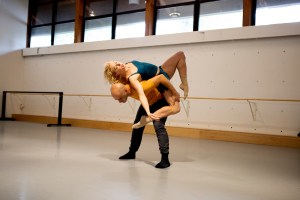
-
Campus & Community
Rewarding remarkable studies
The annual awards created through a gift from James A. Star ’83 fund research unlikely to be funded through other programs — risky studies with the potential to contribute to radical new understandings of our world.
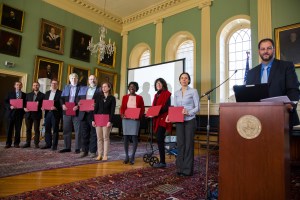
-
Science & Tech
Two atoms combined in dipolar molecule
Harvard Assistant Professor of Chemistry and Chemical Biology Kang-Kuen Ni and colleagues have combined two atoms for the first time into what researchers call a dipolar molecule.
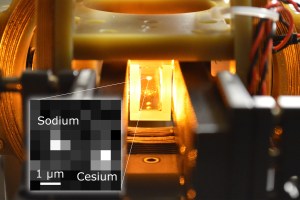
-
Arts & Culture
Wielding data against doom and gloom
In his 2011 book, “The Better Angels of Our Nature: Why Violence Has Declined,” Harvard psychologist Steven Pinker argued that despite common assumptions, violence has dropped dramatically from biblical times…
-
Arts & Culture
Art and technology explored during region-wide collaboration
This winter, a dozen cultural organizations throughout Greater Boston — including three from Harvard — are partnering to present an ambitious, region-wide exploration of art and technology.
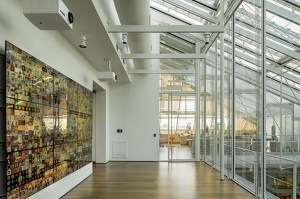
-
Campus & Community
A decade of growth at SEAS
Harvard’s Paulson School of Engineering and Applied Sciences celebrates 10 years of innovative research.
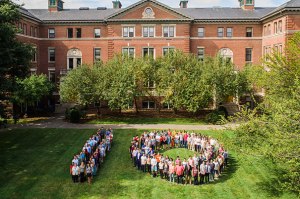
-
Science & Tech
Advice for scientists: ‘Be vocal’
Carlos Moedas, European Union Science Commissioner, spoke about the importance of science in the “post-truth” era in a visit to the Harvard Kennedy School.
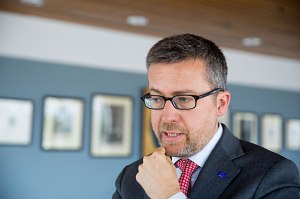
-
Campus & Community
Lab opens doors for an undergrad experience
As part of Harvard’s Wintersession, a handful of freshmen got the chance to experience the reality of lab work by exploring how altering genes in yeast affected the cells’ functions.
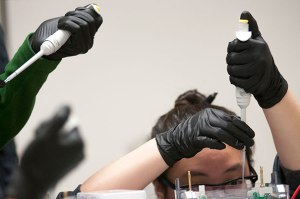
-
Science & Tech
Science, meet YouTube
Harvard graduate student Molly Edwards is the creator and host of “Science IRL (In Real Life),” a YouTube channel she launched more than a year ago while working as a lab technician at New York University. The show is dedicated to taking viewers inside labs for an up-close-and-personal view of the day-to-day work of scientists.
